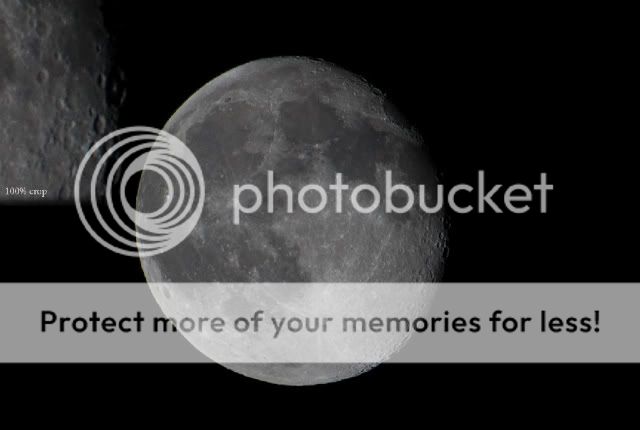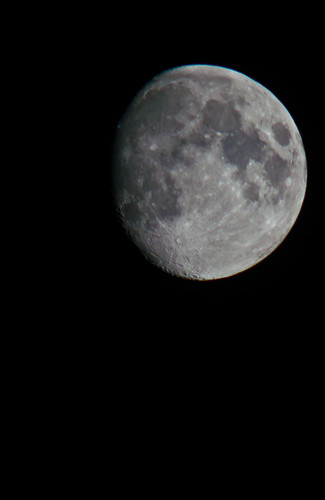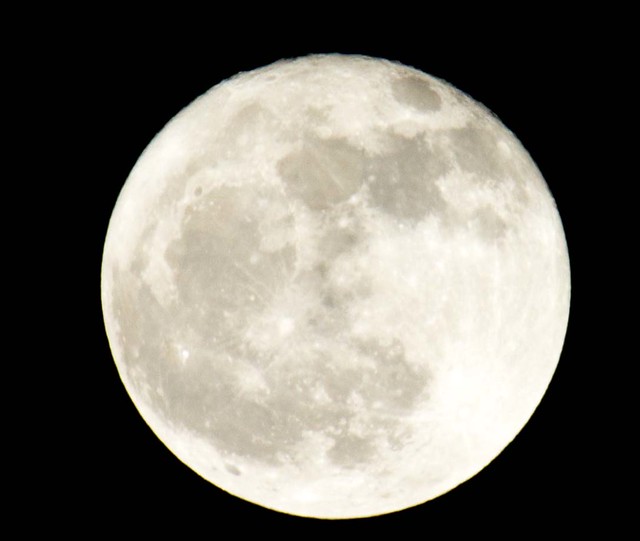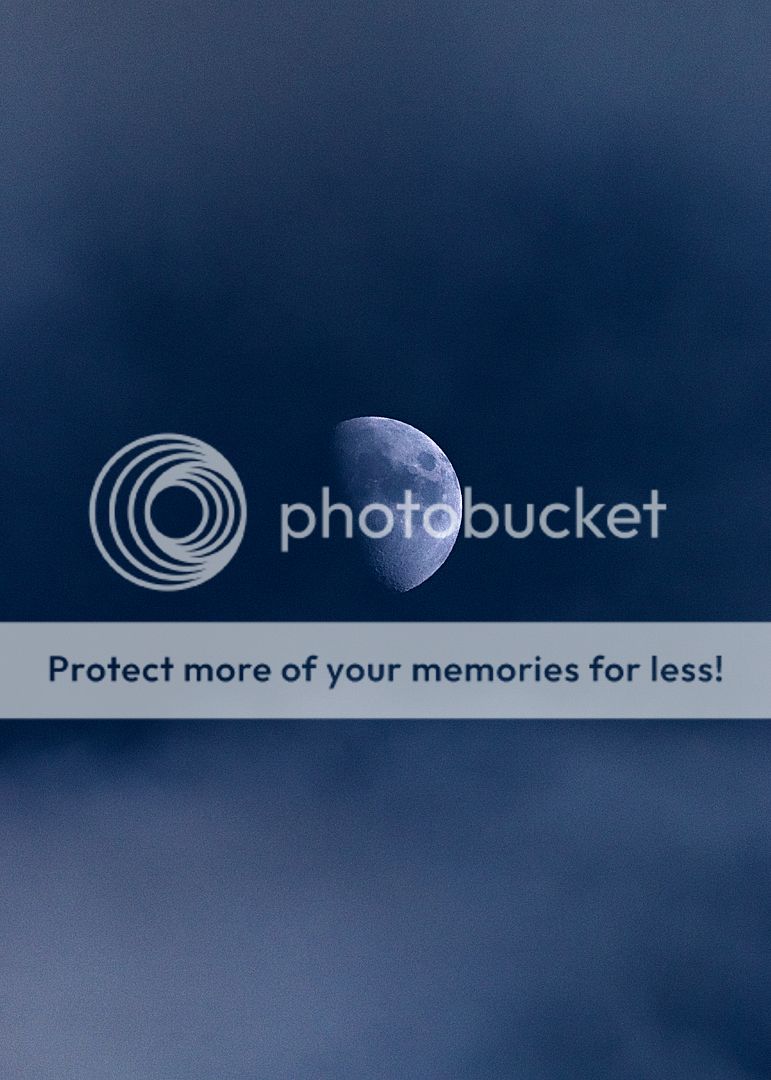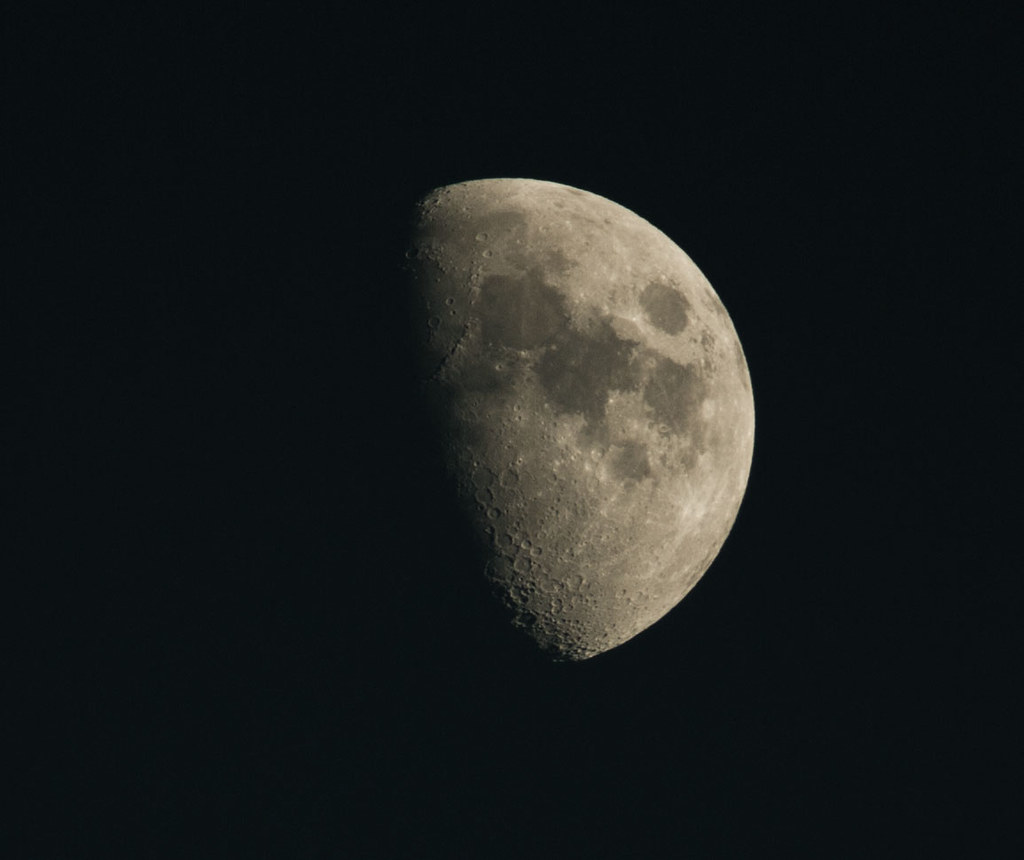- Messages
- 400
- Name
- Johan
- Edit My Images
- Yes
nass submitted a new resource:
How to photograph the moon - How to photograph the moon
Read more about this resource...
How to photograph the moon - How to photograph the moon
Just about everyone with a tripod, long lens and a camera has tried to take a shot of the moon at some point as it's such an obvious subject and just about always there. And that includes me too =). In fact, it isn't very difficult, but there are some gotchas that you do need to bear in mind.
1) Use a tripod, remote release and a couple of seconds delay. That way you ensure that your camera is stable. And if you have a big lens mounted you'd be surprised by how much it wobbles after you've...
Read more about this resource...
Last edited by a moderator:





